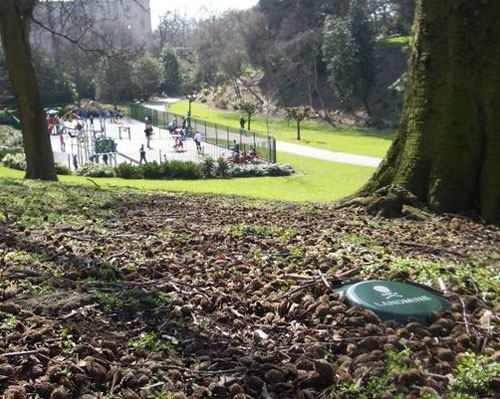Sometimes I really feel that I don’t have the energy to mobilize against the next stupid/dangerous/horrifying/hair-brained scheme proposed by some evil/half-witted/misguided (take your pick) parliament. So I relax and let others write and argue for causes that I also should be arguing. It’s complacency legitimized with sentiments such as “I have a lot to do right now” or “I don’t have time to understand this new threat” etc.
This has been the way in which it was with the new Swedish proposal on digital surveillance. Yes, yes I know that this is not going to be a good thing. Yes, yes I know that the politicians are either intentionally lying to the people or are too stupid to understand what they are actually doing (I often wonder which is worse?) – but look I really don’t have the time or energy right now. Lots of work, lots of personal shit, lots of everything. So I lean back and let others write. The more I read the more I realize that my words are unnecessary.
Then today I read Oscar Swartz blog on the topic (his blog is excellent – unfortunately, or naturally, in Swedish) and I realized something. It’s not a matter of whether or not my voice is needed. Of course it isn’t needed. Not mine, personally. But by leaning back and letting others do the work I am making others work a little bit harder. It’s like being on a tug-of-war team that may still win even if one team member isn’t pulling his/her weight. Damn! I knew I should have been active earlier. Guilt bores its way under my skin, my orginal annoyance at the suggestion has been fermenting for much too long.
So here it is.
The proposed FRA law in brief is that the National Defence Radio Establishment (Försvarets radioanstalt – FRA) shall be given the power to listen to all cable based communication (yes that means everything on the Internet) which crosses Sweden’s borders. The idea is that only international communication (i.e. communication exiting Sweden) will be monitored. Basically since even most national Internet communication passes over international borders the focus on international communication is only a way of pacifying the general population.
Basically the idea is to force all Internet and Telecom providers to copy all communications to state surveillance systems. This means telephones, email, chat, websites, comments on blogs – the works.
Naturally in the age of doublespeak the proposed mass violation of integrity is legitimized by the need to protect the democratic country. People will lose their rights and be viewed as criminals as a default. This will not protect the country. It may help catch people after they have done something but it will not (it cannot) prevent actions.
To make matters worse – oh yes it can be worse – the surveillance is not being carried out by the police. Why is this important?
Well the police have to follow due process. This means in practice that when the police want to bug someone they need to have probable cause to suspect a crime. This new system will make this unnecessary. Everyone will be under surveillance and the state may now order special surveillance on individuals or groups who are not suspected of crimes but who hold political views which are “wrong” – oops now we lost freedom of thought.
Sweden has a long tradition of presenting itself as a bastion of democracy. But this is old stuff. The last decade has seen Sweden shed these ideas and attempt to rush to the forefront of lowlife nations who feel the need to enact a surveillance regime which would have made big brother green with envy.
So what can be done? What did Oscar do to get me going? He just reminded me that the most important feature in a society is the ability of its members to remain active against opposition. To talk, to write and to maintain a voice of dissent – especially when the odds are stacked against us.

